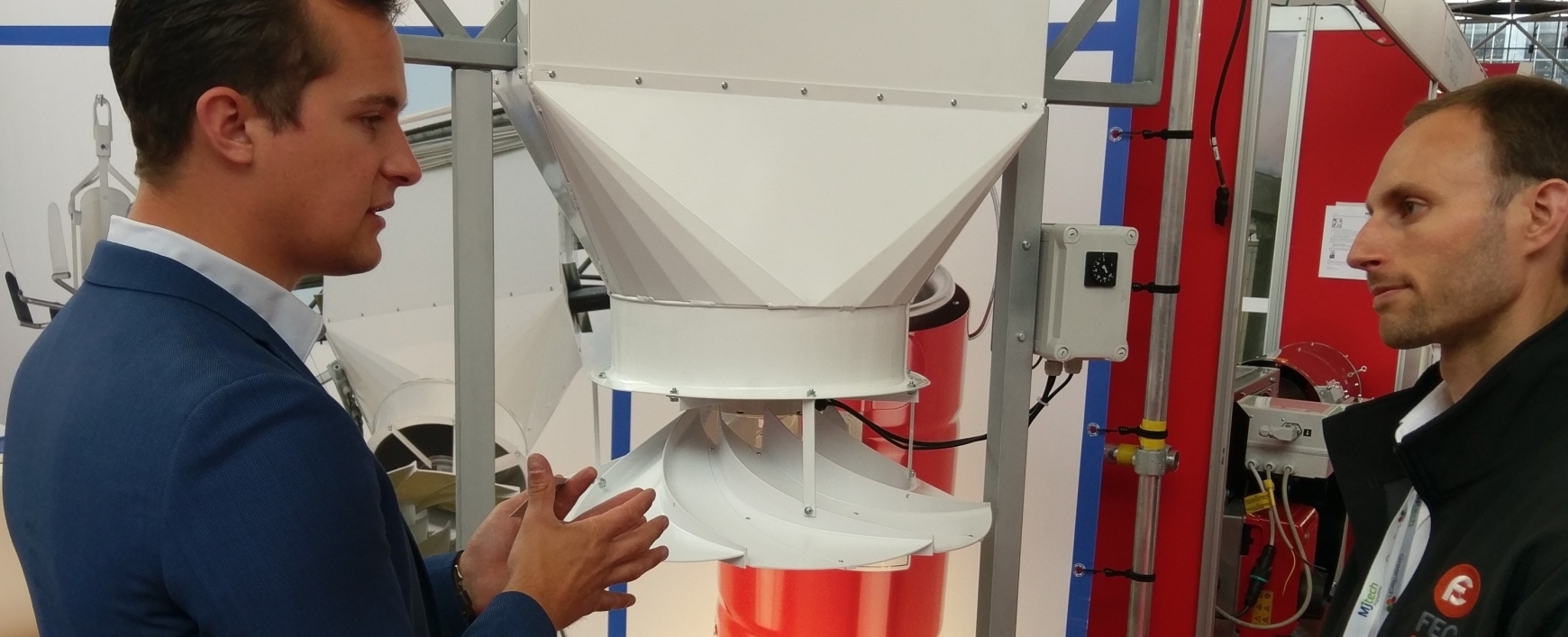The who’s who of horticulture came together on 12-14 June in Amsterdam at GreenTech, one of the biggest exhibitions of its kind for the industry. The event is a showcase of the latest developments and innovations in horticultural technology covering all aspects of growing.
This year there was a big focus on automation and sensors, including robots kitted out with instruments enabling them to monitor plants, identifying early signs of stress or disease and predict yield. This is impressive stuff and potentially frees up human labour to carry out other higher level tasks. It also demonstrates the capability of the sensors and technology readily available these days. Far from just being a gimmick, the ability to detect disease before visible signs are present could mean a whole crop is saved while sensing plant stress allows the imbalance to be redressed.
Another common theme was the importance of ensuring a homogeneous climate for the crop, with several fan manufacturers exhibiting the latest designs of vertical fans. The use of traditional horizontal fans does little to address vertical temperature gradients, hence the need for air movement between the top and bottom of a greenhouse. Not only does this result in a more even climate, potentially reducing disease risk, but it can also improve energy efficiency.
Air movement is an important principle of Next Generation Growing, and a preview of the much-anticipated book on the subject, which focuses on growing by plant empowerment, was also available. The book is based on the Dutch ‘Het Nieuwe Telen’ and makes the ideas accessible to an English speaking audience.
The latest LED technologies were, as always ubiquitous, although these don’t seem to have captured the market in the way many might have expected. While certainly not constrained to vertical farms and containerised growing areas, this seems to remain their main outlet at present.
With GreenTech set to become an annual event, it will be interesting to see whether this increases the rate of innovation.


